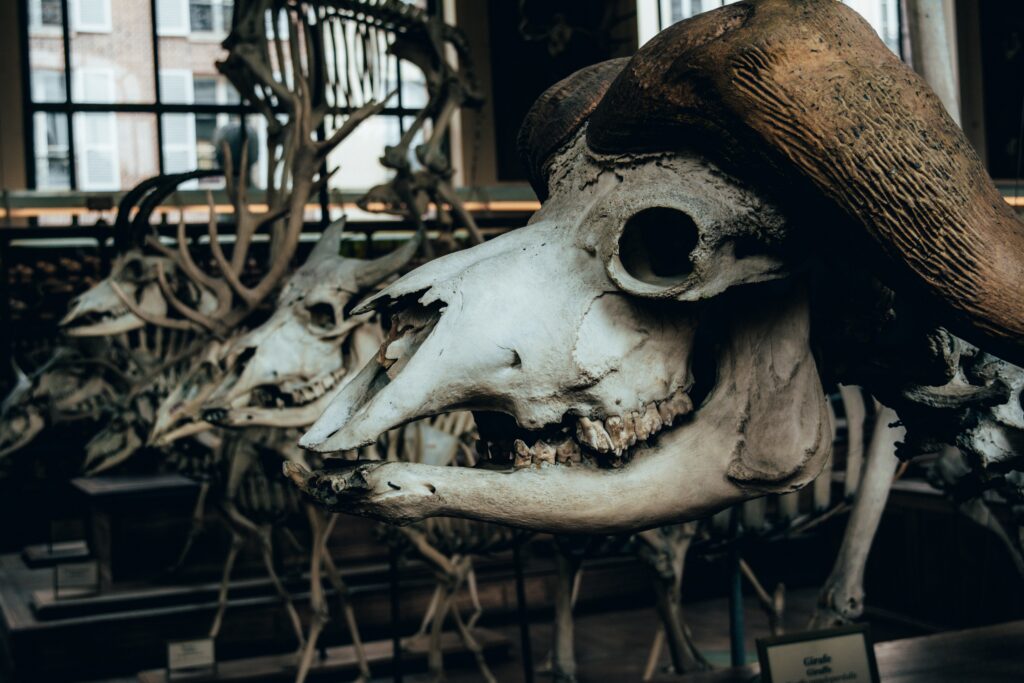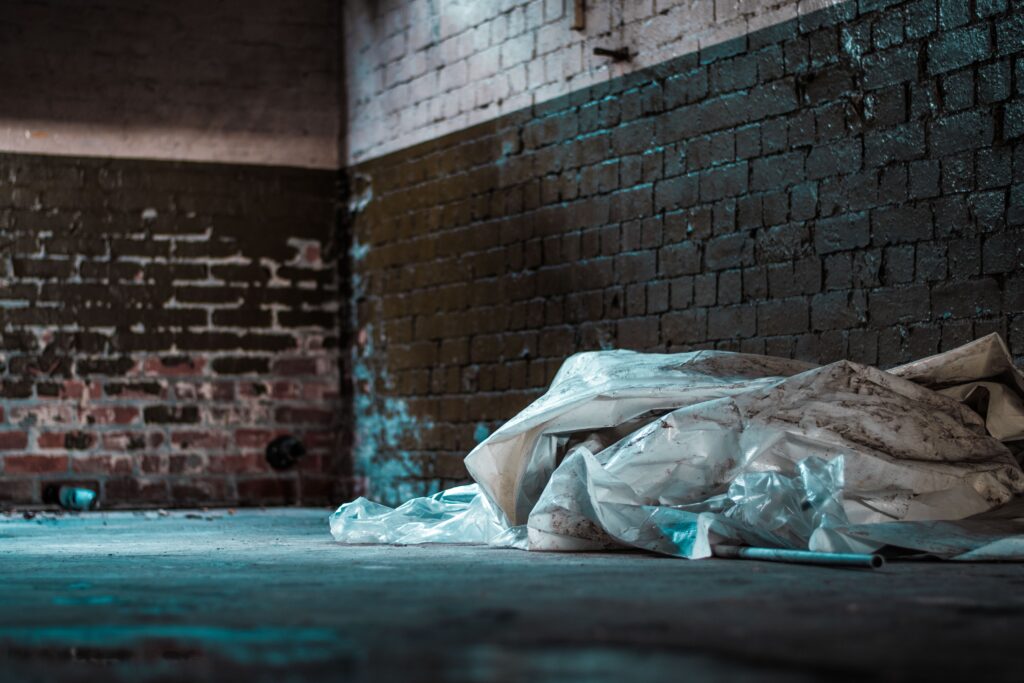A Deep Dive into the History and Origin of Halloween Traditions
Imagine you’re getting ready for Halloween. You’ve picked out your costume and have a big bucket ready for all the candy you’re going to collect. But have you ever wondered why we celebrate Halloween? Why do we dress up in costumes or go trick-or-treating? In this story, “Unraveling the Halloween Junkie Take: A Deep Dive into the History and Origin of Halloween Traditions”, you’re going to learn all about the reason we do these fun things each October. From why Halloween started to how it became what we know and love today, you’ll uncover all its spooktacular secrets!

This image is property of images.unsplash.com.
Celtic Beginnings
Once upon a time, long before you were born, people living in Ireland, Scotland and Wales celebrated a special festival. This event happened every year when the weather was getting colder. This was a time they called “Samhain”.
Earliest Traces of Halloween in Celtic Festivals
The Celts, which is what we call these people, had a festival around the same time we now celebrate Halloween. They marked the end of the summer and the beginning of winter, their new year, with a big party. Isn’t it cool to have a New Year party when it’s not even January?
Samhain: The Celtic New Year
This New Year festival was called Samhain. They believed that on this day, the ghosts of their loved ones could visit them from the world of the dead. They set extra places at the dinner table and left food outside for the spirits to eat. They also lit big bonfires to keep away any mean-spirited ghosts.
The Concept of Spirits and Fairies in Celtic Halloween
The Celts thought that fairies and mischievous spirits could play tricks on them too. These were not like the fairies you might think of, with pretty wings and magic wands. These fairies were sometimes wild and unpredictable, just like the wind on a stormy night!
The Roman Influence
When the Romans, who were from a place far away we now call Italy, came to Celtic lands, they added their own celebrations to Samhain.
Roman Harvesting Festivals and Their Impact on Halloween
The Romans had a happy harvest festival to say thank you for all the fruits and vegetables they’d picked in autumn. They also had a sad time when they remembered people who’d died. They combined these two things with Samhain, which gave this festival a touch of cheerfulness and sadness at the same time.
Feralia: The Roman Day of the Dead
One of the Roman festivals was called Feralia. This was their way of remembering their loved ones who had passed away, and this tradition blended well with Samhain.
Incorporation of the Roman Goddess Pomona into Halloween Traditions
Then there was Pomona, the Roman goddess of fruit. As the Romans ate a lot of apples at their festivals, this could be why we still bob for apples at Halloween, a fun game you might have played!
Christianity’s Adoption and Transformation
As more and more people became Christians, they changed the way Samhain was celebrated and gave it new meanings.
All Hallows’ Eve: Christianity’s Involvement in Shaping Halloween
The name “Halloween” comes from “All Hallows’ Eve”, the night before “All Hallows Day”, another name for All Saints’ Day. On this day, people remembered all the Christian saints who had done good things in their lives. Isn’t it always nice to remember the good we see in people?
Development of All Saints’ Day and All Souls’ Day
Another special day came just after All Saints’ Day, which was All Souls’ Day. This was a time for Christians to remember all the people who had died, just like in the old days of Samhain and Feralia.
The Practice of ‘Souling’ and ‘Guising’ in the Christian Halloween Tradition
On All Soul’s Day, people went “souling” and “guising”. This meant they sang songs and said prayers for the dead in return for sweet soul cakes. Doesn’t it sound just a little like trick-or-treating? Wearing costumes, or “guises”, was a way of hiding from spirits – just like dressing up on Halloween!
Migration to North America
As people from Europe moved to North America, they brought with them their Halloween traditions, which got mixed with local customs.
Early Halloween Celebrations in Colonial America
In the earliest days, Halloween celebrations in colonial America were quite different from the ones you know today. There were a lot of harvesting festivals, where people celebrated the bounty of the land.
Influence of Native American Harvest Festivals
There were already people living in America called Native Americans, who also celebrated their own harvest festivals. They showed the colonists how they used pumpkins, and this became a part of Halloween!
Impact of the Irish and Scottish Immigrants
Then, the Irish and Scottish people arrived. They had strong Celtic roots and Samhain traditions. They made Halloween much more popular in America and added new elements to it too!

This image is property of images.unsplash.com.
Trick-or-Treating and Costumes
Over time, the mix of cultures cause new Halloween customs to develop – like trick-or-treating and wearing costumes.
Origin of the Trick-or-Treating Tradition
The practice of “souling” and “guising” eventually turned into trick-or-treating. Instead of giving soul cakes, people started giving out candies. And who doesn’t love candies, right?
Evolution of Halloween Costumes
Costumes also changed. Instead of just disguising from spirits, costumes became a way to have fun. People started dressing up in all sorts of costumes – as cats, witches, and even famous characters!
Role of Mass-Produced Costumes in Modern Halloween
As Halloween became more popular, companies started making and selling costumes in shops. Not many people made hand-made costumes anymore. This made it easy for everyone to join in the fun!
Jack-o’-Lanterns and Their Significance
The Jack-O’-Lantern is another popular Halloween symbol. They were not always made from pumpkins, though!
The Irish Myth of Stingy Jack
The story of the Jack-O’-Lantern comes from an Irish myth about a man called Stingy Jack. He tricked the devil and then ended up having to walk forever with only a lantern to guide him.
Carving Turnips Before Pumpkins
Before pumpkins, the Irish and Scottish people used turnips to make their lanterns. But once they came to America, they found pumpkins were bigger and easier to carve.
Symbolism and Belief Associated with Jack-O’-Lanterns
People believed these lanterns would keep away any evil spirits. Over time, carving jack-o’-lanterns also became a fun activity for families to do together.

This image is property of images.unsplash.com.
Halloween Symbols and Their Meanings
Many of the symbols we associate with Halloween have been handed down through the ages.
Witches, Black Cats, and Broomsticks: The Superstitions
People once believed that witches could turn into black cats, and even today these animals are associated with Halloween. Witches were also said to fly on broomsticks, and that’s why we often see this picture around Halloween!
The Iconic Halloween Colours: Black and Orange
Black and orange have come to symbolize Halloween. Black is the color of night and mystery, while orange represents the autumn harvest. So, if you see a lot of black and orange decorations, it’s probably Halloween time!
Skeletons and Ghosts: The Connection with The Dead
Skeletons and ghosts remind us of spooky stories and the belief that the spirits of the dead can visit us on Halloween. So, it’s not surprising to see lots of ghost and skeleton decorations during Halloween!
The Story behind Halloween Candy
We all know Halloween means lots of candies! But how did we get from soul cakes to sweet treats?
The Transition from ‘Soul Cakes’ to Candies
Originally, people gave out soul cakes to the poor who went ‘souling’. But when trick-or-treating started, candies replaced these soul cakes because they were easier to hand out, and of course, much more delicious!
Post-War Influence and Commercialization of Halloween Candy
After World War II, companies started making more candies, and Halloween became a big business. So, if you’ve ever wondered why there’s always so much candy around for Halloween, you now know why!
Current Trends in Halloween Candy Distribution
Nowadays, candy distribution is a major part of Halloween fun. We even have safe ways to trick-or-treat, like trunk-or-treat events where children take turns grabbing candy from trunks of decorated cars.
Modern Controversies and Halloween Traditions
Of course, not everything about Halloween is sweet.
Debate over The Commercialization of Halloween
Not everyone agrees that it’s good to spend so much money on Halloween. They think we should keep to the older traditions. What do you think?
Discussions About Cultural Appropriation and Halloween Costumes
Sometimes people dress up as characters from other cultures which can lead to misunderstandings. Respect for other people’s feelings and cultures is important, even at Halloween!
Impact of Urban Legends and Horror Movies on Halloween
Scary stories and horror movies have played a big role in shaping Halloween as well. But remember, Halloween should be about fun, not real scares!
The Halloween Junkie Take
Halloween is special, isn’t it? We owe many of the traditions we love to our ancestors. Their stories and beliefs made Halloween what it is today. So whether it’s pumpkins, costumes, or candy, let’s keep the Halloween spirit alive and have fun! After all, Halloween is about our power to imagine, the joy of dressing up, and of course, the tasty candies! Just remember, no matter how old you are, Halloween will always have a special charm. Trick or Treat!
A Deep Dive into the History and Origin of Halloween Traditions Read More »

